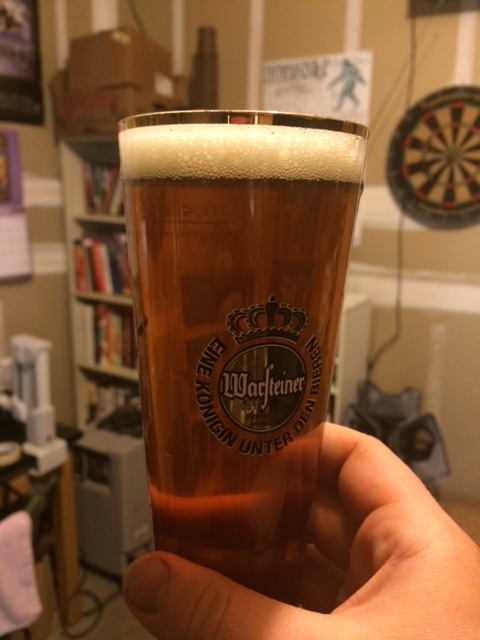I found this a while back and bookmarked it for when I finally got a fermentation chamber.
http://brulosophy.com/methods/lager-method/
Right now, I've got a Baltic Porter in there and I'm following a fermentation regimen similar to what he describes. Has anyone tried something similar to this and know whether it's effective or not?
Just wondering because I can't ever see myself brewing traditional lagers if I need to devote that much time and attention to a beer I probably won't enjoy as much as my IPAs and Belgians
http://brulosophy.com/methods/lager-method/
Right now, I've got a Baltic Porter in there and I'm following a fermentation regimen similar to what he describes. Has anyone tried something similar to this and know whether it's effective or not?
Just wondering because I can't ever see myself brewing traditional lagers if I need to devote that much time and attention to a beer I probably won't enjoy as much as my IPAs and Belgians




